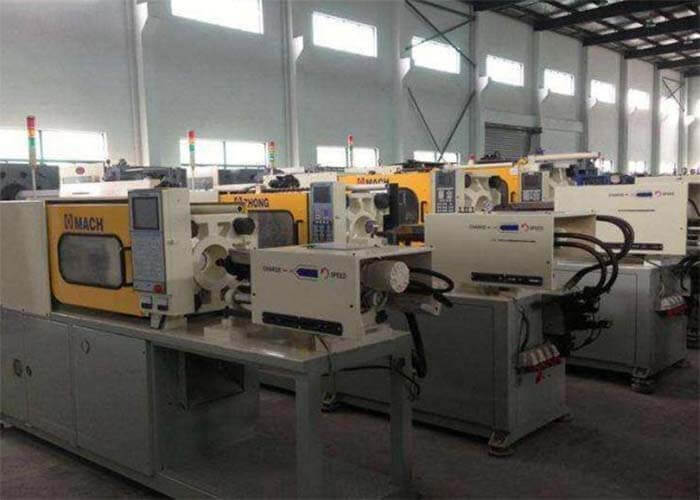The mold temperature in injection molding is probably the most important temperature in terms of quality and this affects quality in many ways. The mold temperature is not the same thing as the cooling water temperature, it is the temperature of the actual mold cavity after it has stabilized.
The setting of mold temperature in injection molding
The purpose of mold temperature in injection molding settings is to further improve the quality of our products so that the mold temperature controller can be used reasonably and normally.
What is mold temperature in injection molding?
Mold temperature in injection molding refers to the temperature of the cavity surface when molding is performed. In mold design and molding engineering condition setting, it is important not only to maintain an appropriate temperature but also to make it evenly distributed.
Uneven mold temperature distribution will cause uneven shrinkage and internal stress, which makes the molding mouth prone to deformation and warping. Mold temperature in injection molding affects the molding cycle and molding quality. In actual operation, it is set from the lowest appropriate mold temperature in injection molding of the material used and then adjusted appropriately according to the quality condition.
Changing the mold temperature in injection molding’s effects
- Speed up the crystallinity and more uniform structure of the formed product.
- Make the molding shrinkage more fully and reduce the post shrinkage. In other words, the product shrinks in the later stage of production.
- Improve the strength and heat resistance of the produced products. Prevent the product from cracking and being fragile.
- Reduce internal stress residue, molecular alignment, and deformation.
- The mold temperature is too high and the cooling time is too short, which will cause the part to be ejected due to overheating during demolding.
- Reduce the common shock or wave pattern of PP materials
- Increasing the mold temperature can make the surface of injection-molded products have a good gloss and reduce the occurrence of chromatic instability.
- Reduce the flow resistance during filling and reduce pressure loss.
- Make the appearance of the molded product more shiny and good.
- Increase the chance of burrs on molded products.
- Increase the location near the gate and reduce the chance of recession at the far gate.
- Reduce the obvious degree of bonding line.
- Increase the cooling time to enhance the product mechanism structure.
The current specific mold temperature in injection molding usage regulations are as follows
- The mold temperature of PP polypropylene material is 40-80℃, and it is recommended to use 50℃
- PPS polyphenylene sulfide material mold temperature 120-180℃ POM polyoxymethylene mold temperature: 80-105C larger surface can be higher.
- PE-HD high-density polyethylene mold temperature: 50~95C, PC polycarbonate mold temperature: 70~120C.
- PBT polybutylene terephthalate mold temperature: 40~60C for unreinforced materials.
- PA6 polyamide 6 or nylon 6 mold temperature: 80~90C for thin-walled plastic parts with a long process. For wall thickness greater than 3mm, it is recommended to use a low-temperature mold of 20~40C. The mold temperature of the glass reinforcement material should be greater than 80C.
- ABS acrylonitrile-butadiene-styrene copolymer mold temperature: 25-70C. (Mold temperature will affect the finish of plastic parts, a lower temperature will result in the lower finish).
- PA12 polyamide or nylon 12 mold temperature: 30-40C for unreinforced materials, 80-90C for thin-walled or large-area components, and 90-100C for reinforced materials. Increasing the temperature will increase the crystallinity of the material. Precise control of mold temperature is very important for PA12.
- PA66 nylon 66 mold temperature: 60-90℃ for unreinforced materials, 80-120℃ for reinforced materials with more than 30% fiber.
You may also be interested in the below articles.
Summary Of 50 Injection Mold Structure Operation Dynamic Diagrams
Auto Parts Stamping Die Design Concept




